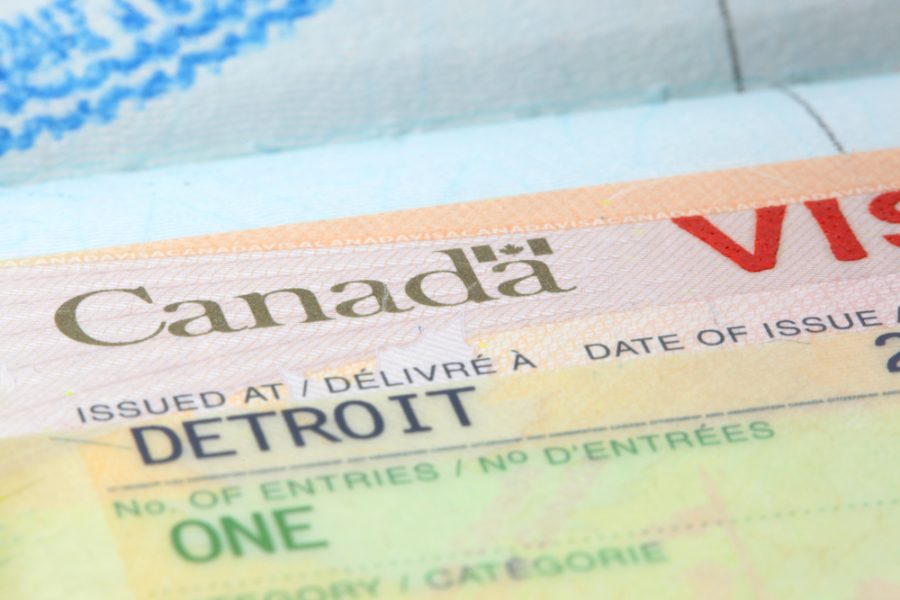On July 31, 2018, all nationals from countries in Europe, Africa and the Middle East are required to provide biometrics (fingerprints and a photo) if they are applying for a Canadian visitor visa, a work or study permit, or permanent residence.
Biometric screening has proven effective in protecting the safety and security of Canadians and the integrity of the immigration system. Systematic fingerprint verification allows border service officers to confirm a traveller’s identity and better manage traffic flow at the border. This will in turn make international travel a convenient, predictable and secure process for travellers with genuine identities.
Biometrics every 10 years
The Government of Canada has taken several steps to make giving biometrics easier for travellers, including only requiring that temporary residents provide their biometrics once every 10 years (those applying for a visa, or a study or work permit).
VAC Increase
Canada is also increasing its Visa Application Centre (VAC) presence in the next 2 years. Canada has one of the largest VAC networks in comparison with other countries; more than 97% of applicants can access a VAC in their country of residence.
By November 2019, Canada will have a network of at least 157 VACs in 105 countries. In addition, applicants living in the U.S. can use the extensive network of 135 U.S. Application Support Centers for biometrics collection.
More than 70 countries are using biometrics in immigration and border management. Canada’s Migration 5 partners – the United Kingdom, Australia, the United States, and New Zealand – have implemented biometric programs; so have the 26 Schengen states in Europe, and other countries around the world like Japan, South Africa and India.
Exceptions
Exemptions to biometrics expansion include:
- Canadian citizens, citizenship applicants (including passport applicants), or existing permanent residents
- visa-exempt nationals coming to Canada as tourists who hold a valid electronic travel authorization (eTA)
- children under the age of 14
- applicants over the age of 79 (there is no upper age exemption for asylum claimants)
- heads of state and heads of government
- cabinet ministers and accredited diplomats of other countries and the United Nations, coming to Canada on official business
- U.S. visa holders transiting through Canada
- refugee claimants or protected persons who have already provided biometrics and are applying for a study or work permit
- temporary resident applicants who have already provided biometrics in support of a permanent resident application that is still in progress
Data Sharing
Canada’s biometric-based information-sharing between Canada and the U.S. and automated biometric-based information-sharing with the other Migration 5 partners: Australia, the United Kingdom and New Zealand.





